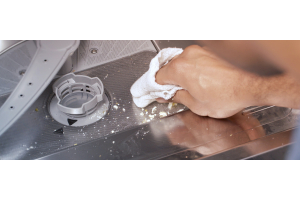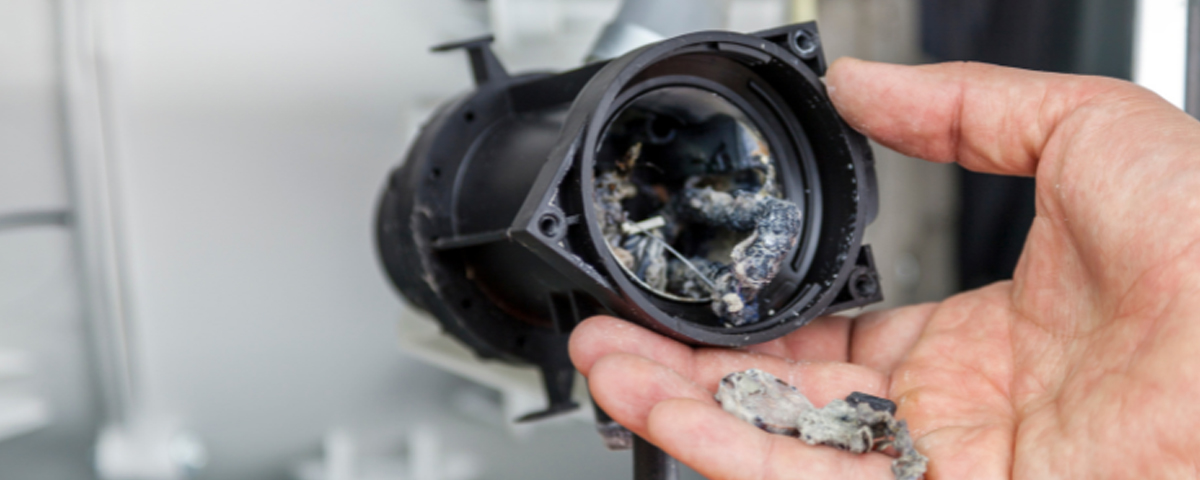
Introduction:
If you have a machine fitted with a drain pump that fails to drain away as normal, it's likely you have a blocked drain pump. A common sign is that you drain pump is blocked is that you can hear the pump start to engage, but rather than making the normal noise, it just hums and fails to kick in. This occurs because debris from the tank has passed through the filters and jammed in the propellers of the pump, preventing them from turning.
Be careful not to keep trying if you think your drain pump is blocked, as continuing can cause the jammed motor to burn out causing permanent damage and needing to replace the pump.
Before you begin the procedure, take the following precautions:
- Turn off the appliance and disconnect the electric supply completely. This step is crucial as many machines continue to provide power to the drain pump, even when the machine is switched off at the front. Ensure the machine is completely disconnected from the power source to prevent any risk of electric shock or damage to the components.
- If possible, attempt to empty the machine via gravity. To do this, remove the water pipe from the upstand and let the water flow into a bucket or container. This prevents excess water from leaking into the lower recess of the machine.
- If you cannot empty the machine via gravity, ensure that the drain plug in the tank is firmly in place to prevent water leakage once the pump is removed.
Unblocking The Drain Pump:
- Begin by removing the bottom front panel of the machine. The drain pump is located inside the recess directly under the wash tank. Locate the pump, which is typically grey and attached to a large black rubber elbow:
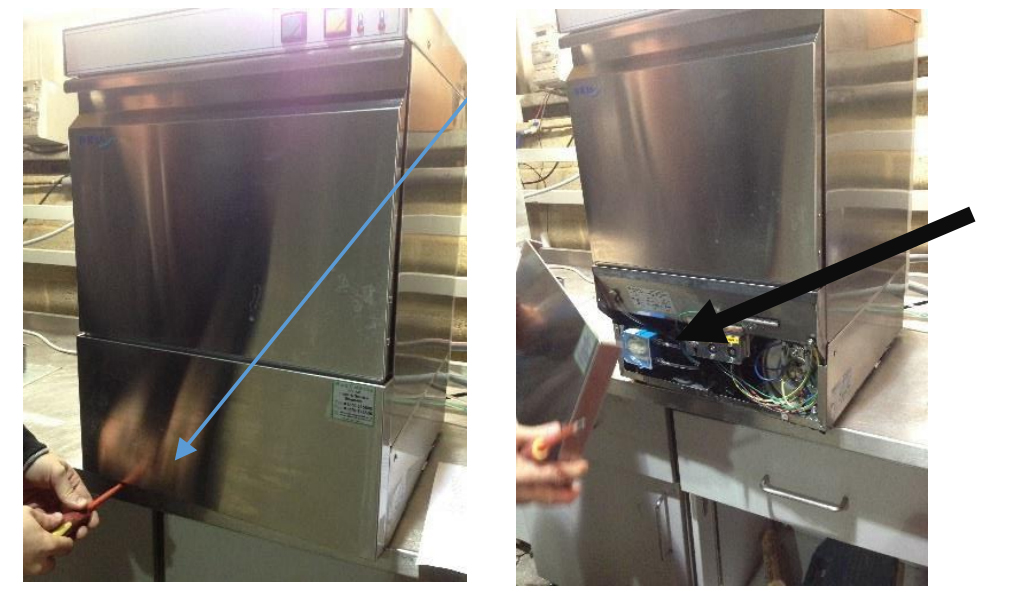
- Undo the jubilee clip closest to the pump using a screwdriver. Then, disconnect the wires attached to the back of the pump (these wires may be red/blue or green/white) to free the pump from the machine:
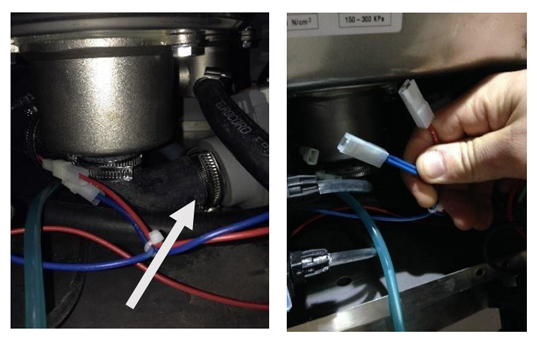
- After removing the pump from the machine, you'll find three screws on the outside holding it together. Remove these screws to split the pump into two parts. This allows you to access and remove any lodged material or items that may be blocking the pump:
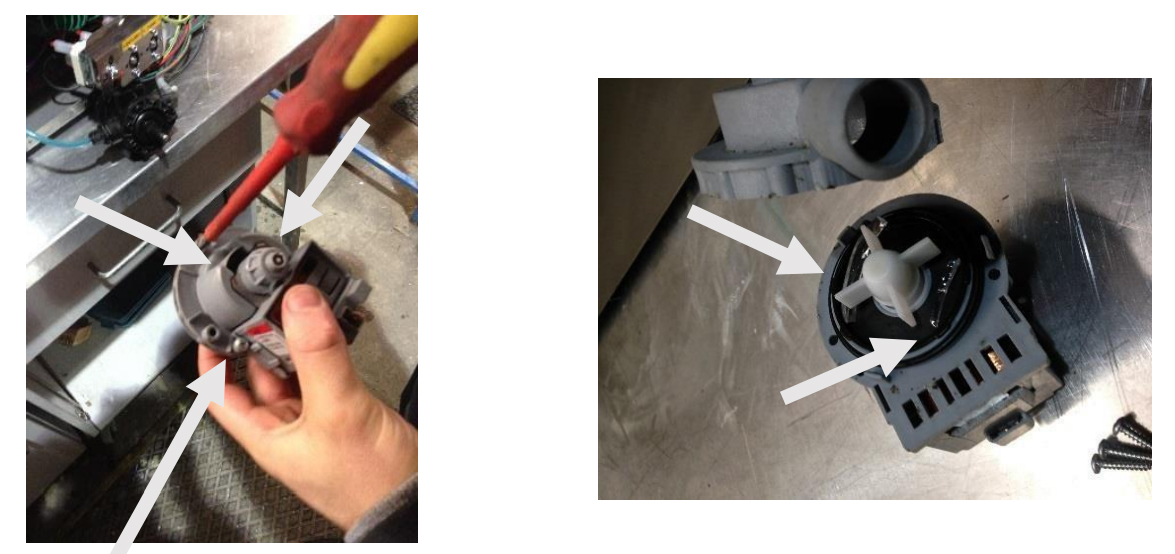
- Once all blockages are cleared, ensure the rubber O-ring is seated correctly and tightly.
- Reassemble the pump and place it back inside the machine.
- Refit it to the elbow inside the machine, tighten the jubilee clip, and reconnect the wires to the back.
- Turn the machine on and set it to drain. Keep the bottom panel off to check for leaks during drainage. If the machine drains successfully with no leaks, replace the bottom front panel.
- If any leaks occur after refitting, double-check if any fixings are loose or not seated correctly.
If the pump fails to engage after the blockage has been removed, it's likely that a new pump will be required due to pump failure. This can be caused by material blocking the pump and causing it to burn out during attempted operation.
Conclusion:
Following these steps should help you unblock the drain pump in your commercial dishwasher or glasswasher efficiently.
In summary, to avoid future blockages of the pump, it's essential to maintain preventive measures:
- Ensure the filters are always in place when washing and regularly cleaned to prevent debris from reaching the pump.
- Consider pre-washing plates or dirty crockery before loading them into the machine to minimize the amount of food particles that can potentially clog the system.
- When draining the machine, be mindful of smaller items such as straws or teaspoons that might have slipped through during washing, as these can also cause blockages.
By implementing these practices, you can help maintain the efficiency of your commercial dishwasher or glasswasher and reduce the likelihood of encountering pump blockages in the future.







